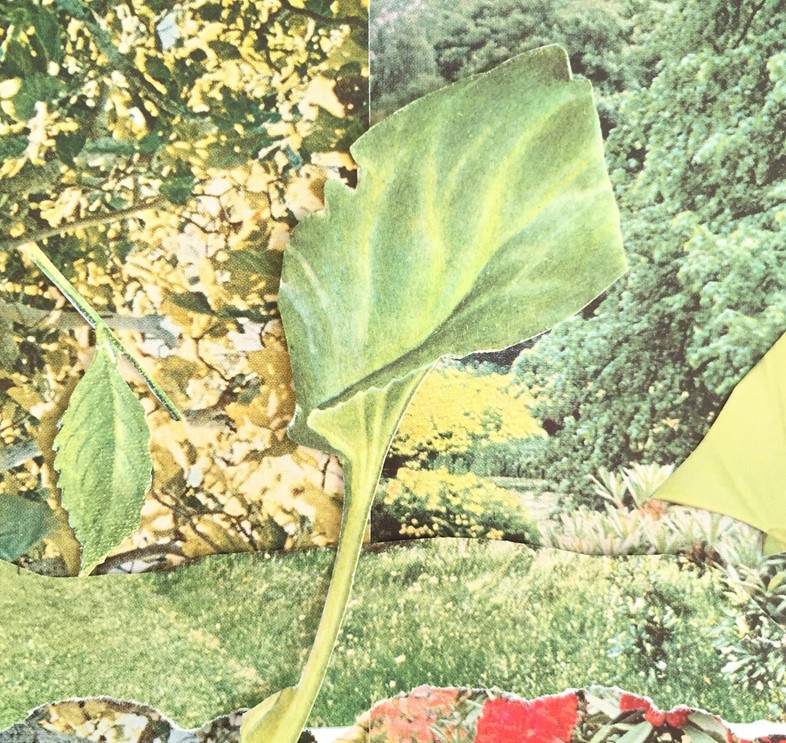Ana Kinsella explores the cultural connotations of the spectrum's most herbaceous hue
Perhaps William Blake said it best. In his poem ‘And did those feet in ancient time’, which would later become the hymn Jerusalem, the poet immortalised “England’s green and pleasant land” for the ages. At the time, Blake had left the London he grew up in to take a job in bucolic Sussex. Those words, stirring images of rolling hills, air without soot, came to represent for him and for his readers the fertility and calm of the English landscape. But organic, grassy green is much more than that. It can be a visual by-word for possibility, health and progress. Green is the colour of money, and of envy, and the young and naïve are often referred to as “green”. In nature, depth of green is determined by the presence of chlorophyll, and on our plates green is the colour of the healthiest foods – ‘eating your greens’ holds promise of wellness and vigour.
On escaping the city, the green of the landscape can hold a sense of relief, as well as the hope for renewal. In his book Chroma, the filmmaker and artist Derek Jarman returns to his memories of colour as he loses his sight to an Aids-related illness. Often, as in his discussion of green, he looks at the intersection of colour and time: paints that degrade, memories that fade. To Jarman, writing from his famous (and not overwhelmingly green) cottage garden in Dungeness, “archaic green colours time. Passing centuries are evergreen… Green clothes the earth in tranquillity, ebbs and flows with the seasons. In it is the hope of Resurrection.” He continues: “Green is a colour which exists in narratives… it always returns. The grass is always greener on the other side of the fence.” He died from his illness less than a year later.
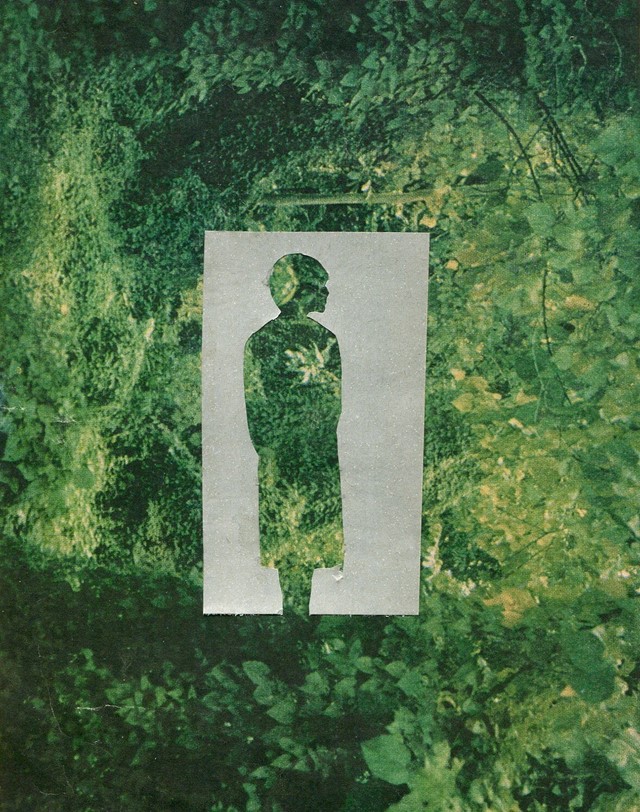
In Art and Design
The juncture of colour and form was key to the French Impressionists, who got great use of green in their representations of lush landscapes painted en plein air. Claude Monet’s Water Lilies series are perhaps the best example of this, in how they capture depth as well as the strong sense of time and place of each work’s creation. Like Jarman writes, green becomes a perennial force that can persist.
A Victorian fashion for deep green walls would later be linked to hundreds of deaths, due to the presence of poisonous arsenic pigments in green wallpapers. By the 1880s, ‘the arsenic scare’, as William Morris called it, had led to a widespread decline in the popularity of green décor. However, today the decidedly unpoisonous green is again favoured for interiors, as evidenced by Farrow & Ball’s colour No.214, named Arsenic, which the company states has “a lively, stimulating feel to it despite its name being derived from the poison that was once used as a pigment.”
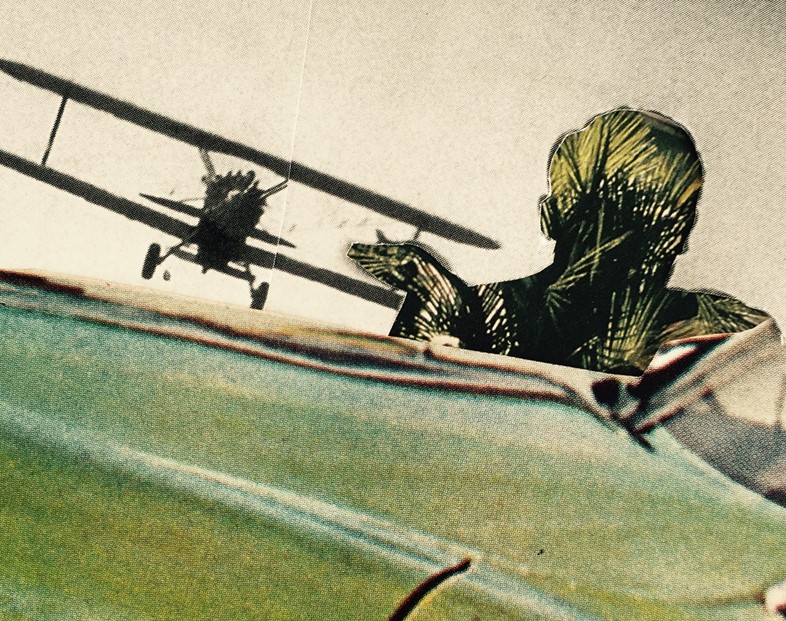
On Film
Often in cinema, green can represent the movement to another world, or another dimension of our own world. In The Matrix, green light similar to that of early monochrome computer monitors is used to remind us that we’ve left the real world for one of simulated reality. The effect is as though the viewer is watching through a monitor, rather than in a more direct manner.
Elsewhere, rolling green landscapes feature heavily in Studio Ghibli’s films, such as Spirited Away and The Wind Rises, lending an otherworldly feel to the worlds the characters move through. The scenery becomes the Platonic ideal of the countryside, pure in its form. In The Wizard of Oz, the capital of Oz is the Emerald City. The towers of green emeralds gleam and glitter on the horizon, representing a kind of ultimate destination – heaven itself – for the rag-tag travellers on the yellow brick road.
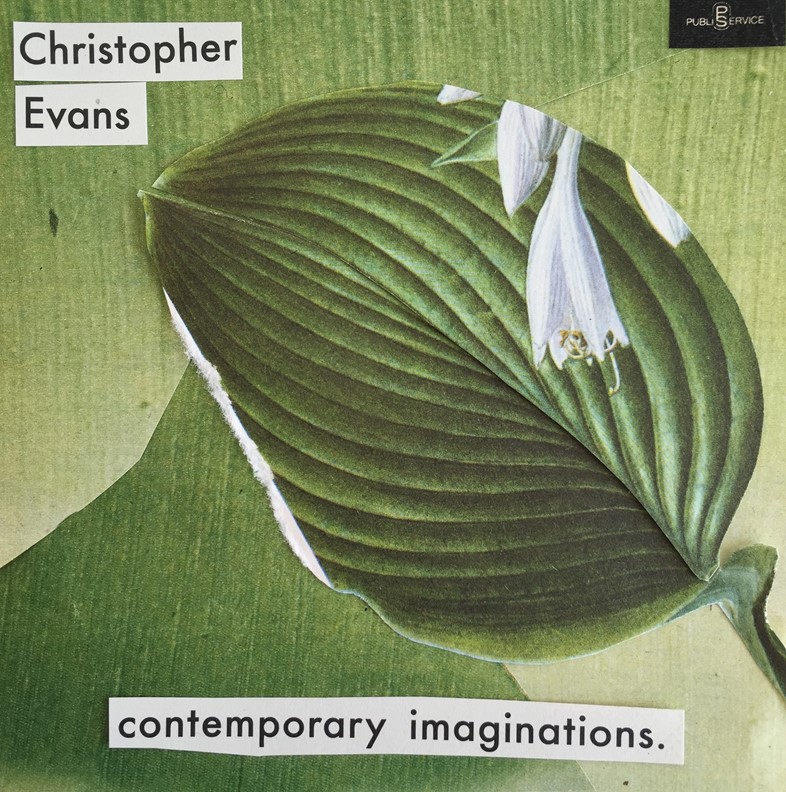
In Music
The cover of Sky Ferreira’s 2014 debut album Night Time, My Time, shot by film director Gaspar Noé, sees the singer standing topless against a green tiled bathroom wall. Photographed in the Hotel Amour in Paris, the dark green backdrop contributes to a candid feeling of unease, as Ferreira peers into the camera with something akin to anger.
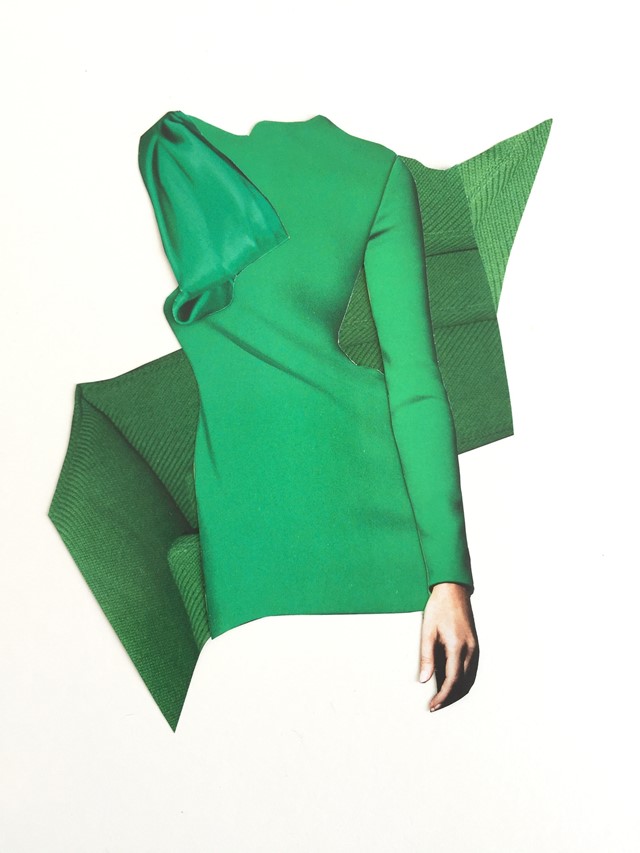
In Fashion
On the body, there can be something unexpectedly powerful about green. In film costume it can take on a significant symbolic role – think of Scarlett O’Hara’s dress made from faded green velvet curtains in Gone with the Wind, or Tippi Hedren’s pistachio green suit in The Birds, chosen by Alfred Hitchcock expressly to unsettle the audience. In Atonement, Keira Knightley’s fluid emerald evening gown represents a turning point in the film’s narrative, and onscreen the deep hue has an almost unnerving impact. It’s mysterious and startling, channelling the raw potential at play at this point of the movie.
In the real world, a green dress can beguile and fascinate. Jennifer Lopez’s nipple-skimming, jungle-print chiffon Versace dress, worn to the Grammys in 2000, prompted so many Google searches for ‘Jennifer Lopez’s green dress’ that it led to the creation of Google Image Search. Green is worn to turn heads, to make an impression, and in the case of Knightley and Lopez, those impressions have persisted, becoming iconic style moments of our own recent history.
